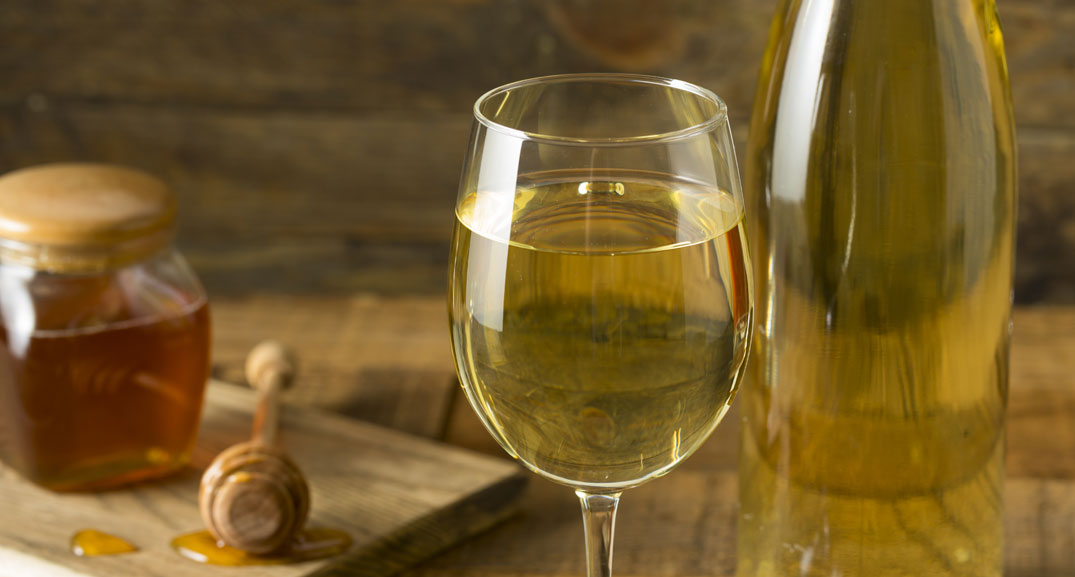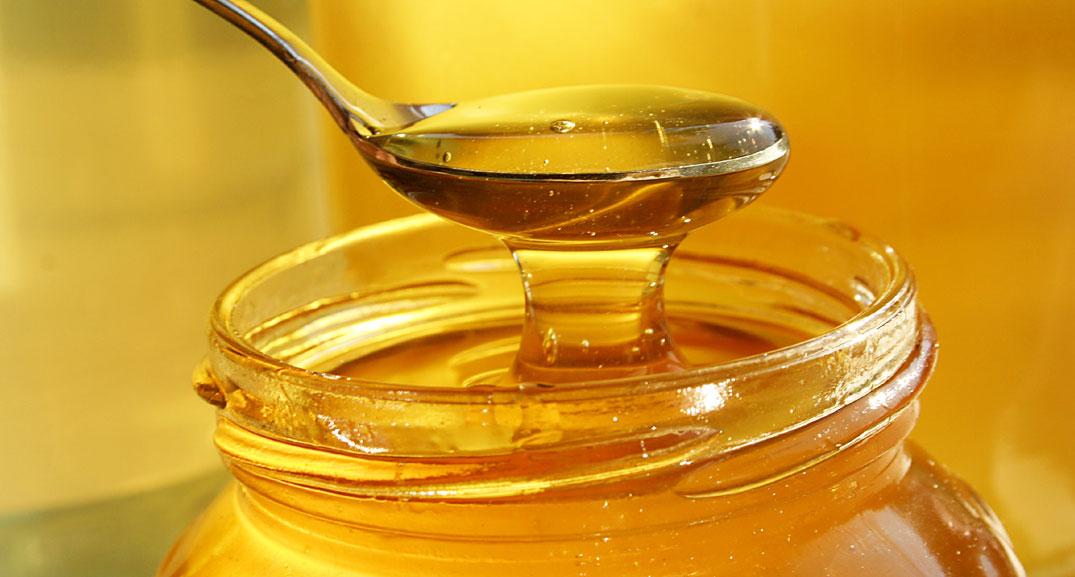
What the Heck is Mead?
Known as Nectar of the Gods, mead may be one of the world’s oldest alcoholic beverages. The earliest evidence for mead is 7th century BC in China. Recently, mead has been spotted in literature (Harry Potter, and Lord of the Rings), plus on the popular TV series, Game of Thrones. Its renewed consumption includes the target markets of millenials, medieval re-enactment groups and craft alcohol enthusiasts. Curious? Let’s find out what the heck is mead?
One of the Oldest Alcoholic Beverages on Earth
Mead is made from a fermented mix of honey, water and yeast that usually contains at least 8% alcohol. Chinese pottery vessels dating from 7000 BC suggest evidence of mead fermentation. The folklore suggests mead is associated with immortality and other magical powers. Plus many cultures considered bees to be the gods’ messengers, hence mead the golden elixir being considered “the drink of the gods”. Mead exists in its own distinct category. It’s referred to as honey wine; however, this is not the case as wine is fermented fruit whereas mead is fermented honey. Mead can be flavoured with fruits, however it is still not classified as wine (1-2).
Flavours and Types
Mead’s flavour varies greatly depending on honey type. Traditional mead often uses mild honey- orange blossom, clover or acacia. Blackberry and buckwheat honeys produce great results with sturdier, spiced meads. The types of mead are diverse including sweet, dry, still and sparkling. For example, Melomel contains juice or fruit like blackberries or raspberries; Braggot is brewed with hops or barley and Cyser is apple-based mead. Medieval tradition suggests sweet mead is original aphrodisiac with the idea of drinking honey wine for a full moon cycle after a new marriage (1-2).
Potential Health Benefits
Mead has not been extensively studied for its health benefits and most of its beneficial claims are unsubstantiated. Certain meads were made with herbs or spices and used medicinally in Early England to improve digestion, help with depression and spiced herbal meads- metheglin (Welsh word for medicine). Modern day, here’s what you need to know.
Immune Health
A 2016 study demonstrated that fresh and young honey, alone, naturally contains lactic acid bacteria, which is said to have many beneficial properties (3). The researchers showed that these beneficial bacteria are responsible for the antimicrobial activity of honey; they inhibited the growth of the various human pathogens analyzed in the study, including antibiotic resistant/ wound infectious bacteria, and food borne pathogens.
Digestive Health
According to an in vitro study that was published in the Journal of Food Protection in 2002 grade A honey could have prebiotic properties (4). The study included the preparation of five human intestinal cultures including Bifidobacterium species and observed the activity of inulin, fructo-oligosaccharides, galacto-oligosaccharides, a control (unsupplemented medium) and honey. Results showed that honey enhanced the growth of lactic and acetic production of human intestinal Bifidobacterium species just as effectively as the other prebiotics that were studied.
Cautions
Mead has not been extensively researched to substantiate the folklore and potential health benefits. And like with any alcoholic beverage moderation is the key and addiction is always a risk with overconsumption.
Mead Bottom-Line
What’s old is new again with mead. One of the oldest alcoholic beverages on earth has regained popularity due to recent literature, TV references and the interest in craft alcohol. Also honey as a food and ingredient continues to be on trend. As always it’s important to enjoy in moderation and remember the cautions of any alcoholic beverages.
I’d love to assist your company to get into the latest food trends or speak at your upcoming event to share my experience as a food expert and entrepreneur. Click here to learn more.
References
- Hawkings K. Where to buy the best mead, the historical drink gone hipster. The Telegraph. 2015 May 6. Retrieved from http://www.telegraph.co.uk/foodanddrink/foodanddrinkadvice/11585455/Where-to-buy-the-best-mead-the-historic-drink-gone-hipster.html
- Barton A. The booze and the bees. 2007 June 20. Retrieved from https://beta.theglobeandmail.com/life/the-booze-and-the-bees/article4095146/?ref=http://www.theglobeandmail.com&
- Olofsson TC, Butler E, Markowicz, Lindholm C, Larsson L, Vasquez A. Lactic acid bacterial symbionts in honeybees- an unknown key to honey’s antimicrobial and therapeutic activities. International Wound Journal. 2016; 13: 668-679.
- Kajiwara S, Gandhi H, Ustunol Z. Effect of honey on the growth of and acid production by human intestinal bifidobacterium spp: An in vitro comparison with commercial oligosaccharides and inulin. Journal of Food Protection. 2002; 65(1): 214-218.
Copyright © 2017 Jane Dummer | All Rights Reserved

